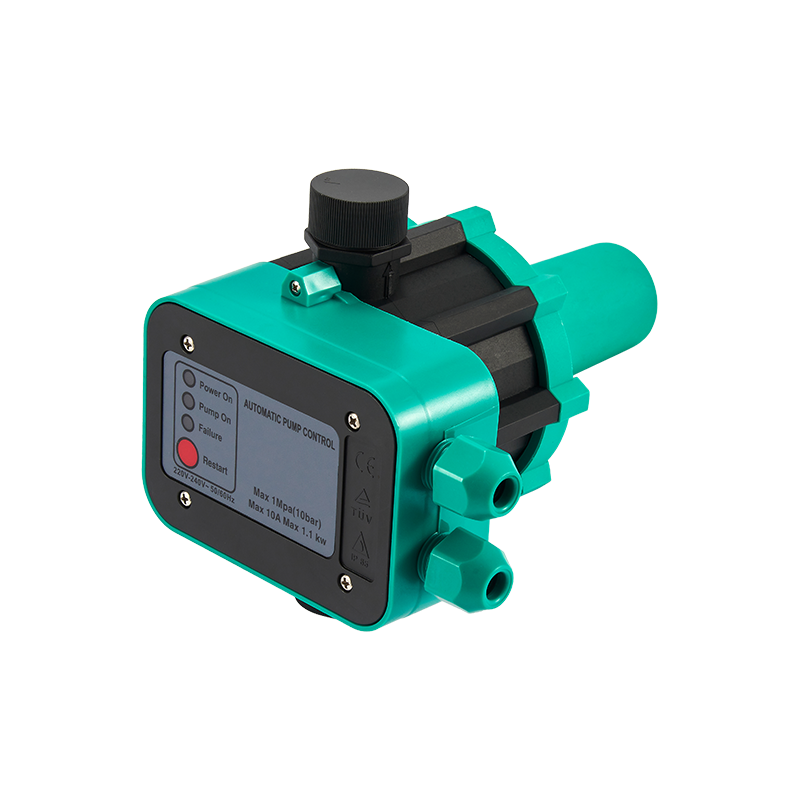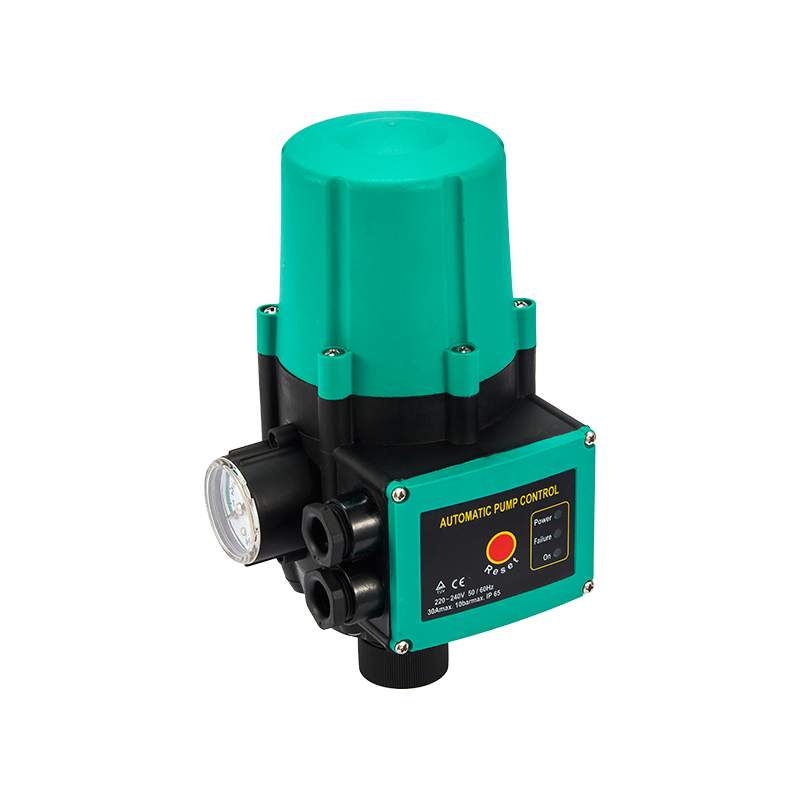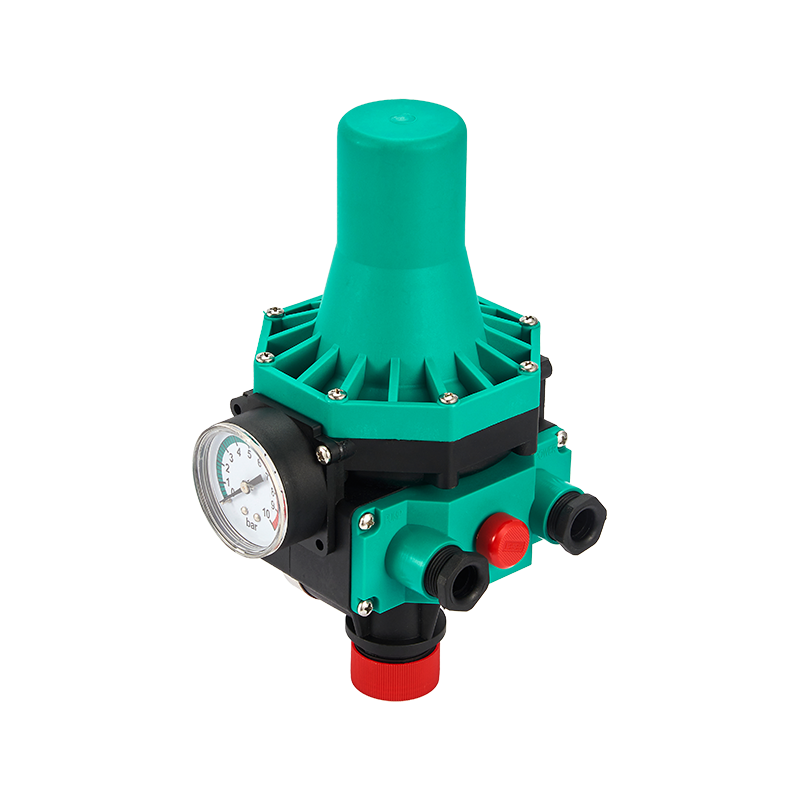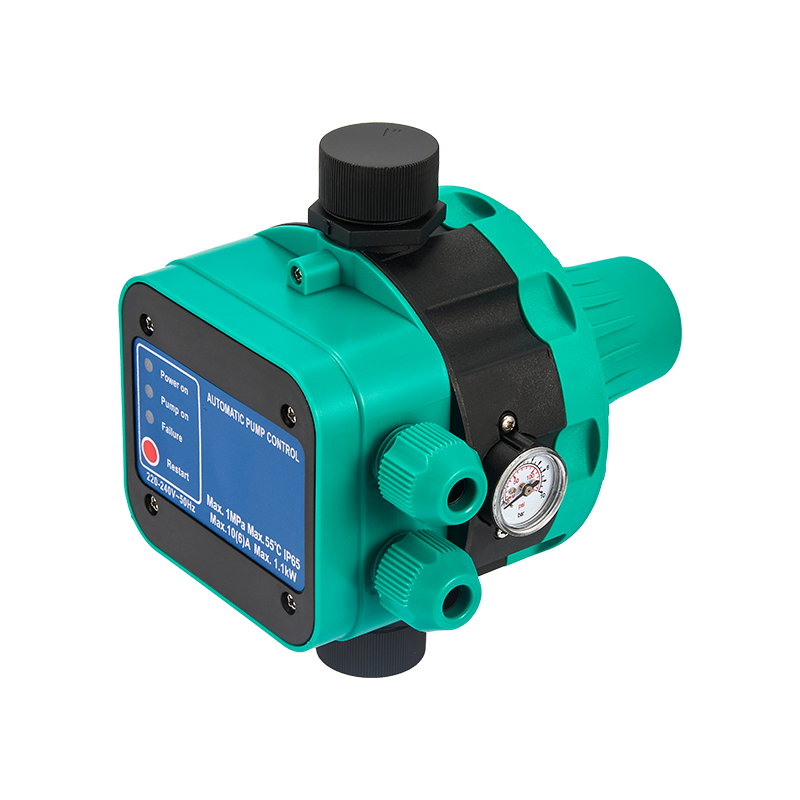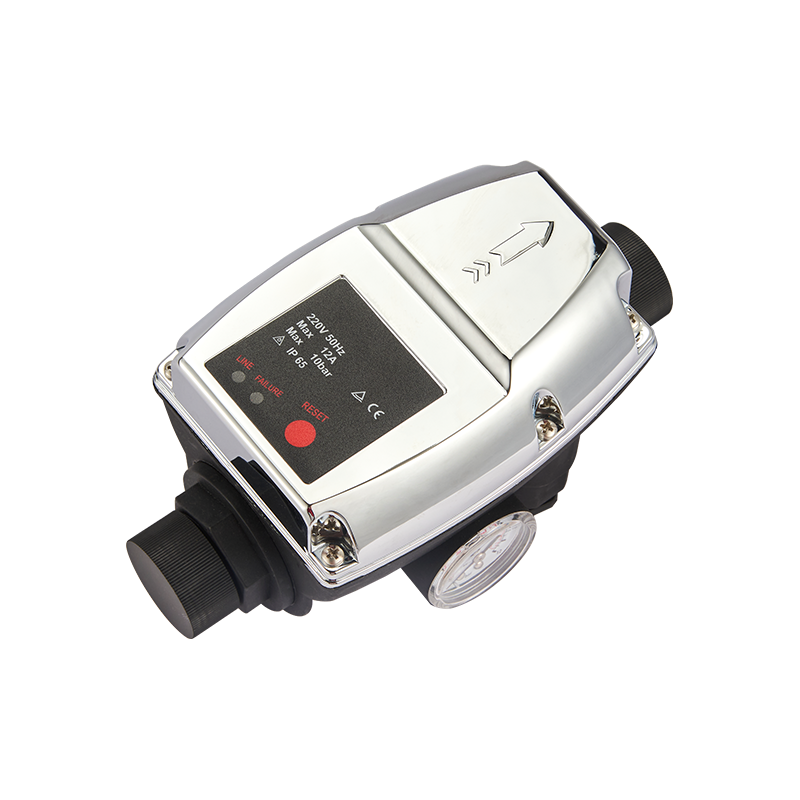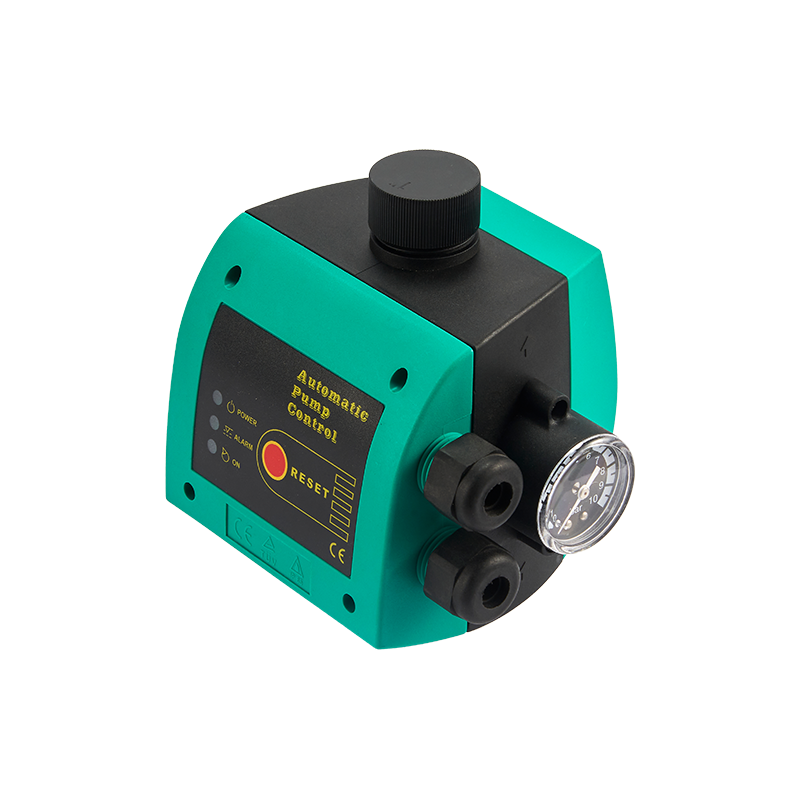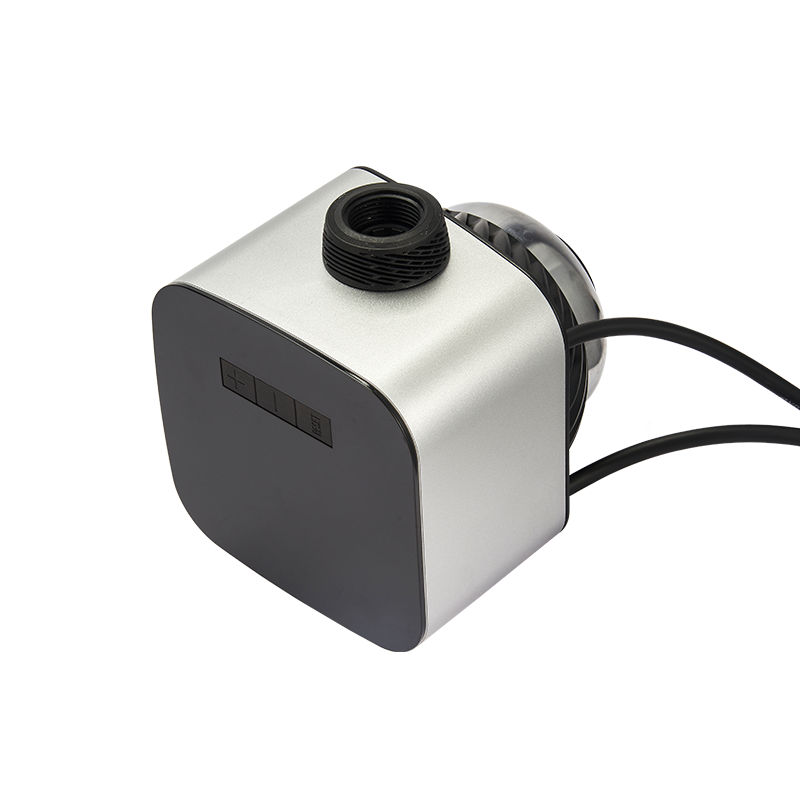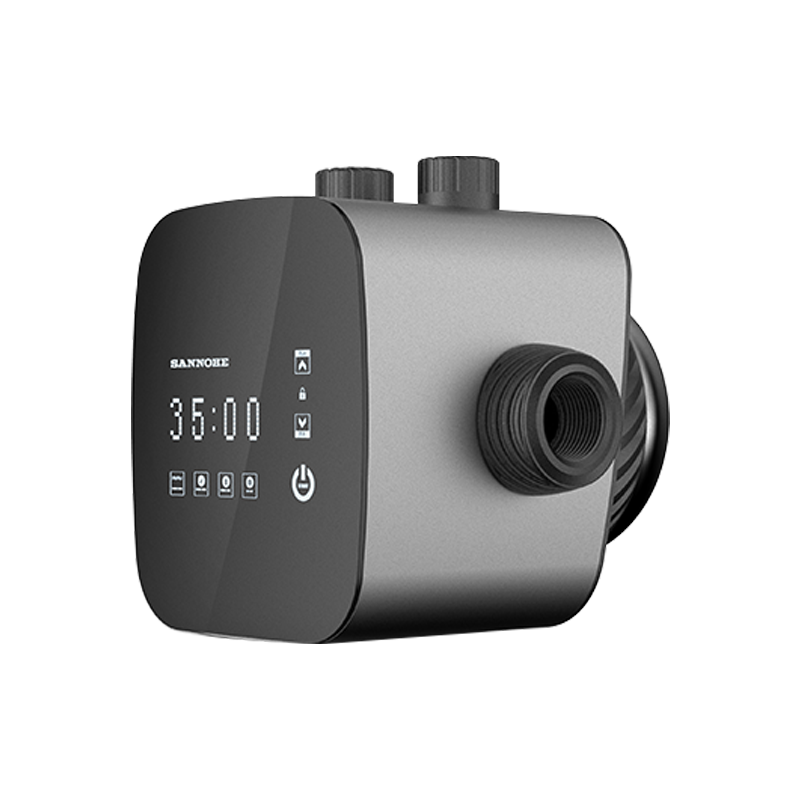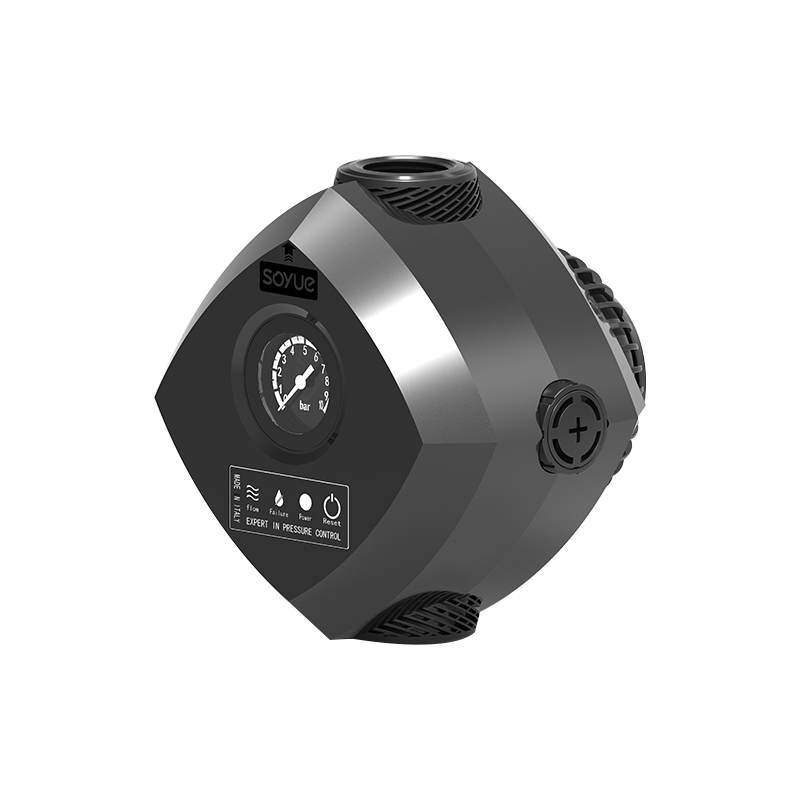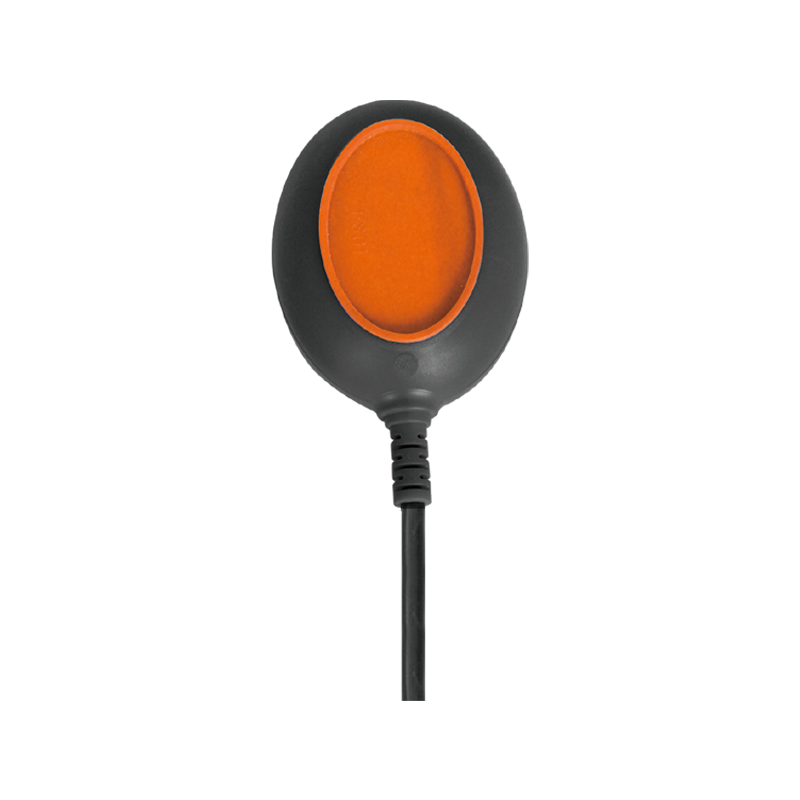High Quality Pressure Switch, Pressure Switch Wholesaler, Pressure Switch Maker
In the intricate world of engineering, where precision and reliability are paramount,
Pressure Switches have silently become indispensable components, ensuring seamless operations across a multitude of applications. Let's explore the nuanced world of Pressure Switches, examining their functional intricacies and the subtle yet significant role they play in modern engineering.
Introduction:
Amidst the complex machinery and sophisticated systems that characterize modern engineering, the Pressure Switch emerges as a subtle hero—a device that operates quietly yet efficiently, regulating pressure in various applications. This exploration delves into the detailed functionality of Pressure Switches, shedding light on the critical role they play in maintaining optimal conditions across diverse industries.
Fundamentals of Pressure Switches:
At its core, a Pressure Switch is a control instrument designed to monitor and respond to changes in pressure within a system. Comprising a set of calibrated components, it acts as a sensory mechanism that detects variations in pressure levels and triggers specific actions to maintain equilibrium. The elegance of its design lies in its ability to function seamlessly within the complex networks of modern machinery.
Principle of Operation:
The functionality of a Pressure Switch is rooted in a straightforward yet effective principle. As pressure within a system fluctuates, the switch's internal mechanism responds to these changes. When the pressure surpasses or falls below predetermined thresholds, the switch initiates an electrical or mechanical response. This response, in turn, regulates the system, preventing potential issues caused by excessive or inadequate pressure.
Varieties of Pressure Switches:
Pressure Switches are not one-size-fits-all devices; instead, they come in a variety of configurations to suit the specific requirements of different applications. From electromechanical to solid-state switches, each variant caters to diverse industries such as manufacturing, automotive, aerospace, and more. Engineers appreciate the versatility of Pressure Switches, which can be tailored to suit the intricacies of a particular system.
Adjustability and Calibration:
One of the key features that engineers value in Pressure Switches is their adjustability. The switches can be calibrated to respond to specific pressure thresholds, allowing for precise control over the monitored system. This adaptability is crucial in industries where maintaining a delicate balance of pressure is imperative for optimal performance.
Incorporation in Fluid Systems:
Pressure Switches find extensive application in fluid systems, where maintaining accurate pressure levels is critical. Whether in hydraulic systems, pneumatic systems, or even water supply networks, these switches play a crucial role in preventing damage caused by pressure irregularities. Engineers appreciate their efficiency in safeguarding equipment and ensuring the longevity of fluid-based systems.
Integration in Safety Mechanisms:
Safety is a top priority in engineering, and Pressure Switches seamlessly integrate into safety mechanisms. For instance, in industrial settings, Pressure Switches are often employed to trigger emergency shutdowns when pressure exceeds safe limits. This proactive approach to safety underscores the reliability and functionality of Pressure Switches in high-stakes environments.
Temperature Compensation:
In certain applications, temperature variations can impact pressure readings. Engineers value Pressure Switches that come equipped with temperature compensation mechanisms. This feature ensures that the switch remains accurate and reliable even in environments where temperature fluctuations are a constant challenge.
Compatibility with Diverse Environments:
Modern engineering extends into diverse environments, from bustling factories to remote outdoor installations. Pressure Switches, designed with robust materials and protective enclosures, exhibit a high degree of compatibility with various surroundings. Their ability to operate seamlessly in different conditions makes them versatile components in a wide array of applications.
Energy Efficiency:
Pressure Switches contribute to energy efficiency by optimizing the operation of systems. For example, in HVAC (Heating, Ventilation, and Air Conditioning) systems, Pressure Switches regulate pressure levels, ensuring that compressors and fans operate only when necessary. This targeted approach to energy consumption aligns with contemporary efforts to enhance sustainability in engineering practices.
Monitoring and Feedback:
An essential aspect of Pressure Switch functionality is their role in providing real-time monitoring and feedback. Engineers rely on the switches to offer insights into the performance of a system, allowing for proactive maintenance and troubleshooting. This constant vigilance helps prevent potential issues before they escalate, minimizing downtime and repair costs.
Applications in Automotive Engineering:
In the automotive industry, where precision is paramount, Pressure Switches find extensive use. From monitoring oil pressure in engines to regulating tire pressure in modern vehicles, these switches contribute to the overall efficiency and safety of automotive systems. Engineers appreciate their reliability in critical components that impact vehicle performance.
Role in Industrial Automation:
As industries increasingly embrace automation, Pressure Switches play a pivotal role in ensuring the smooth operation of automated processes. Their ability to provide accurate pressure feedback enables automated systems to make real-time adjustments, enhancing efficiency and minimizing the need for manual intervention.
Advancements in Solid-State Technology:
With the evolution of technology, solid-state Pressure Switches have gained prominence. Unlike their electromechanical counterparts, solid-state switches rely on semiconductor technology for enhanced precision and durability. Engineers appreciate the longevity and reduced maintenance requirements offered by these advanced switches.
Precision in Aerospace Applications:
In the aerospace industry, where precision and reliability are non-negotiable, Pressure Switches contribute to the functionality of critical systems. From monitoring fuel pressure in aircraft to regulating hydraulic systems, these switches play a vital role in ensuring the safety and performance of aerospace machinery.
Adaptation to Industry 4.0:
As industries transition into the era of Industry 4.0, characterized by interconnected systems and data-driven decision-making, Pressure Switches are adapting to meet the demands of smart manufacturing. Integration with IoT (Internet of Things) technologies allows for remote monitoring and predictive maintenance, further enhancing the efficiency of industrial processes.
Conclusion:
In conclusion, the world of engineering owes a debt of gratitude to the unassuming yet highly functional Pressure Switch. As a critical component in the intricate web of modern machinery, these switches silently regulate pressure, ensuring the seamless operation of diverse systems. Engineers, recognizing the nuanced functionality and reliability of Pressure Switches, continue to integrate them into an ever-expanding array of applications. From fluid systems to safety mechanisms and beyond, the unpretentious Pressure Switch remains a stalwart guardian, quietly ensuring that the delicate balance of pressure is maintained in the complex tapestry of modern engineering.
